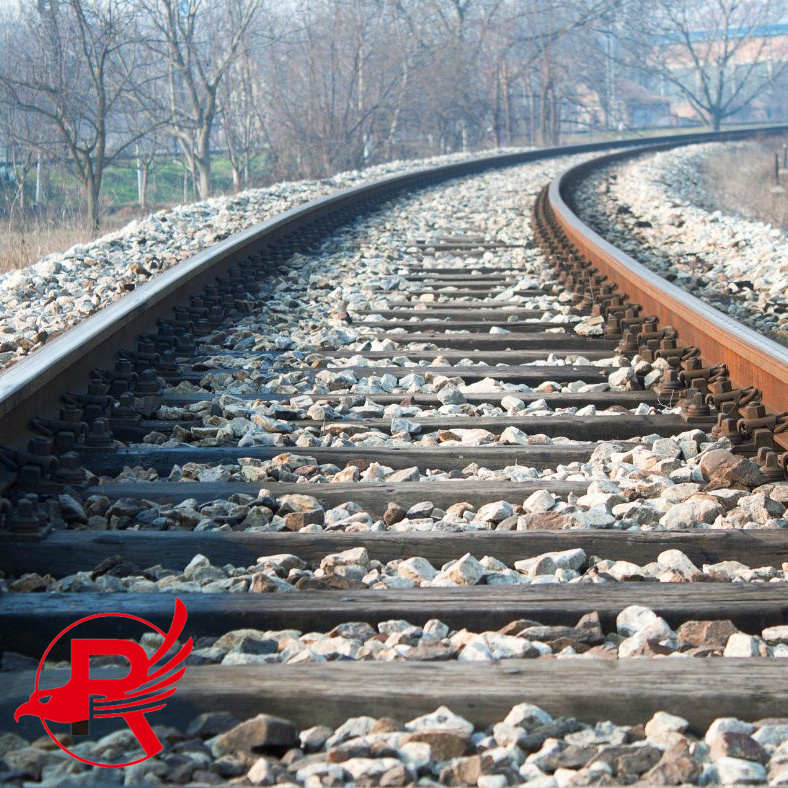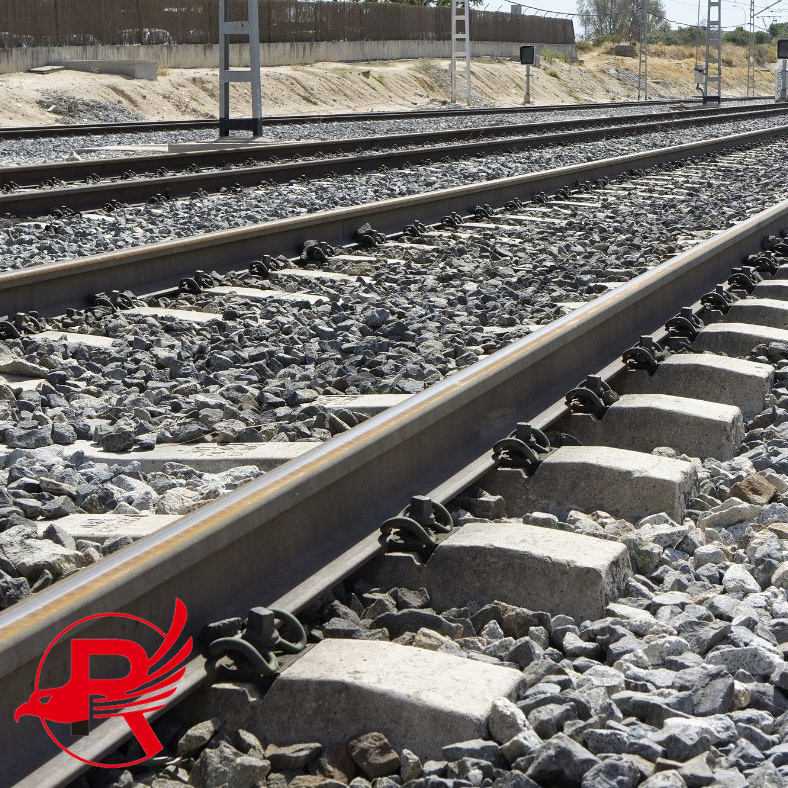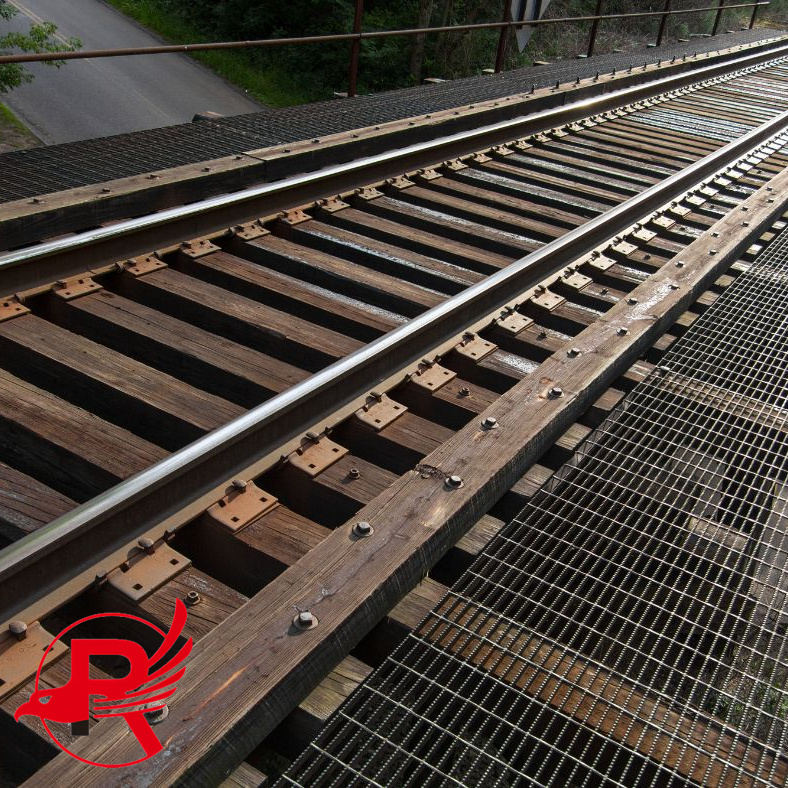The development of steel rails has experienced significant technological progress from early rail to modern high-strength steel rails. In the mid-19th century, the appearance of steel rails marked a major innovation in railway transportation, and its high strength and wear resistance greatly improved the carrying capacity and durability of railways.
In the 20th century, with the continuous improvement of steel smelting technology and production process, the application of high-strength rail and seamless rail has improved the stability and service life of the track. In the future, rail technology will continue to evolve towards higher performance materials and intelligent systems to meet the growing demand for transportation.



Changes to daily life:
The development of steel rails has profoundly changed People's Daily life and social economy. High-speed rail systems supported by modern steel rails make long-distance travel faster and more comfortable, significantly improving traffic efficiency and convenience. In addition, the sound railway network has promoted logistics transportation, reduced the cost of transporting goods, and promoted economic growth and urbanization. The environmental benefits of rail transport also reduce the environmental impact of transport and support the Sustainable Development Goals, thereby improving the quality of life and contributing to the overall well-being of society.
Post time: Sep-12-2024
